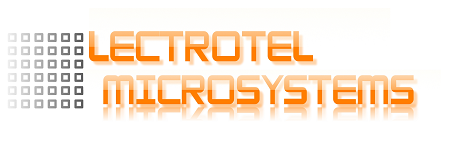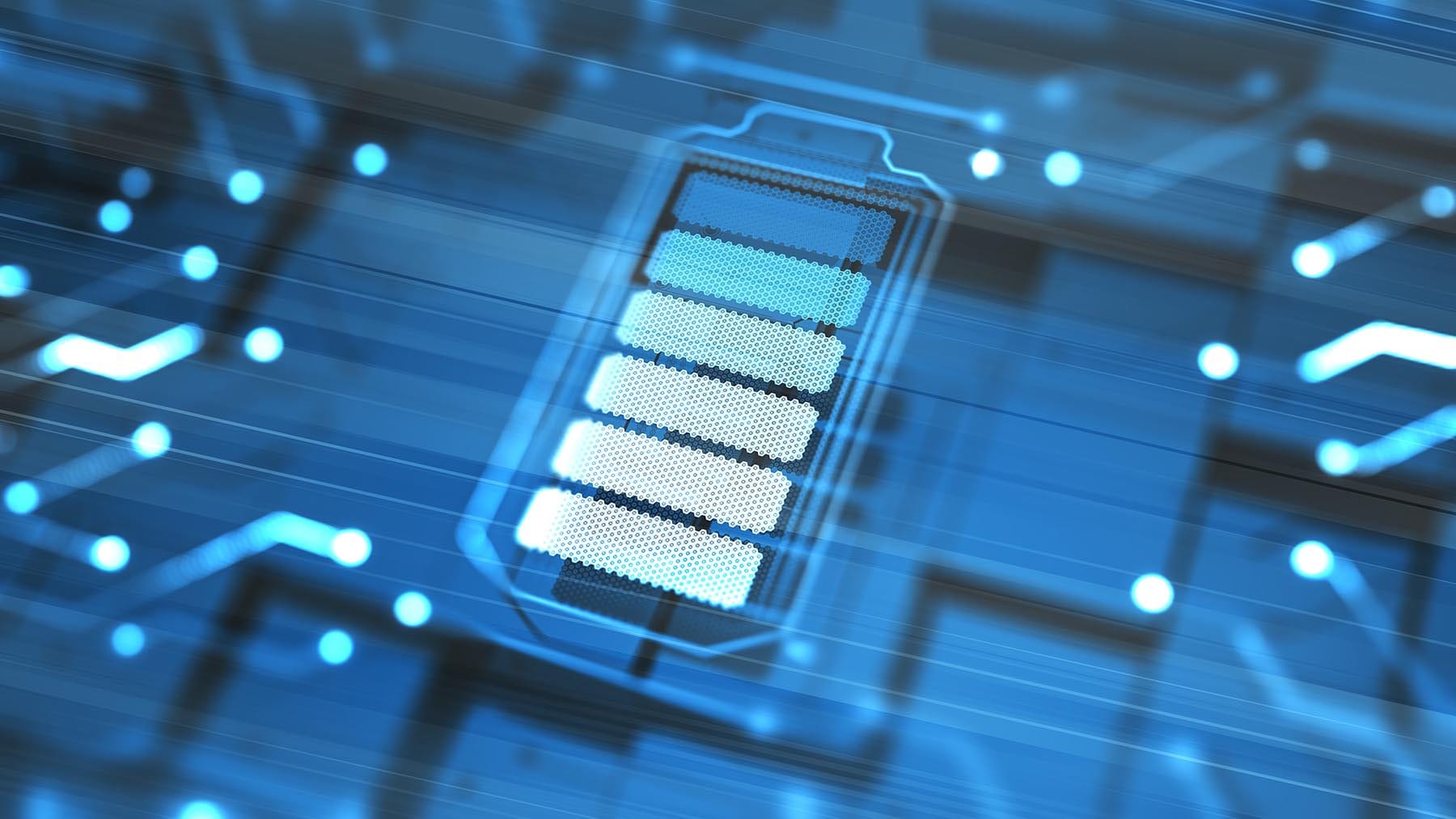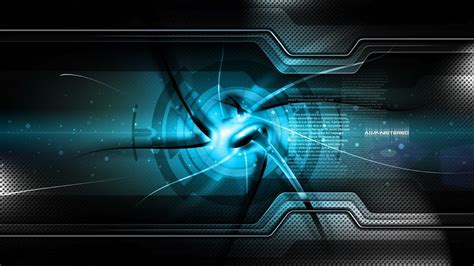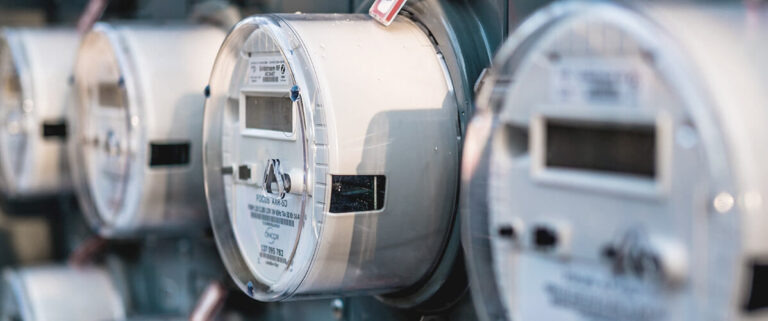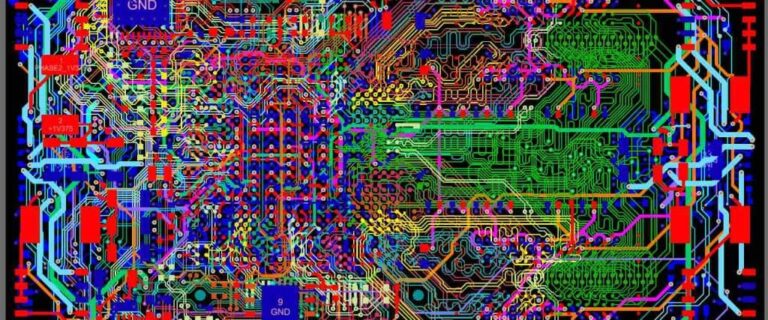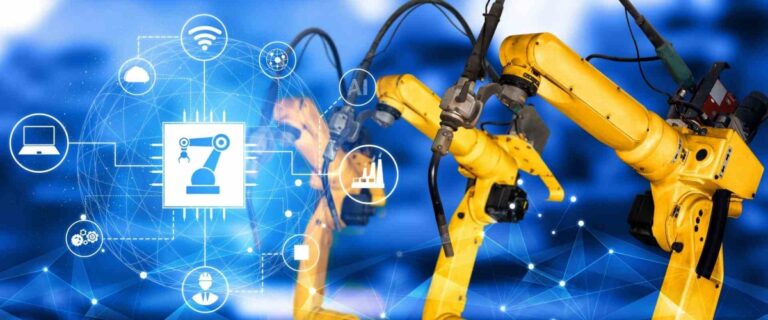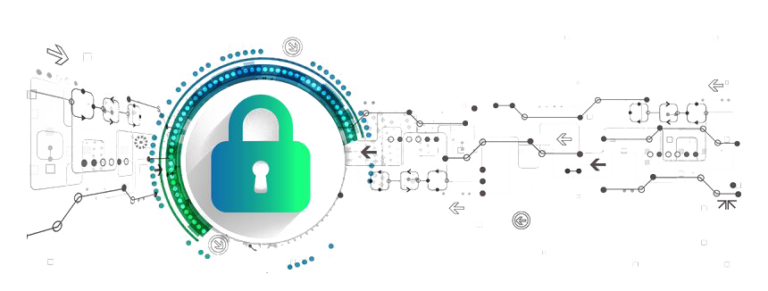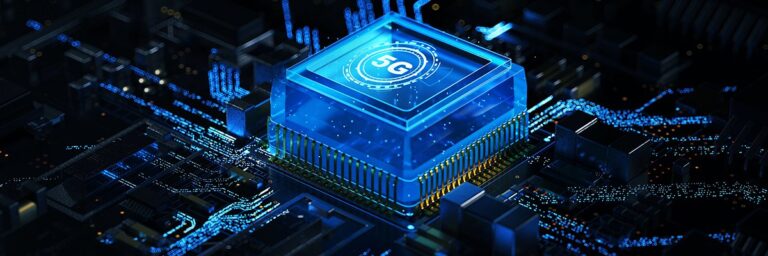Navigating the World of Low-Power IoT Devices
In the dynamic landscape of the Internet of Things (IoT), where connectivity and efficiency reign supreme, the emergence of low-power IoT devices has become a game-changer. Let’s delves into the realm of low-power IoT, exploring the significance, challenges, and transformative potential of devices designed to operate efficiently on minimal energy consumption.
The Essence of Low-Power IoT: Low-power IoT devices are the silent heroes of the interconnected world. Unlike their energy-hungry counterparts, these devices are engineered to operate with frugality, prioritizing efficiency and longevity. Whether embedded in smart homes, wearable devices, or industrial sensors, their ability to function on minimal power opens doors to a myriad of applications.
Extending Battery Life: At the core of the low-power paradigm is the commitment to extending battery life. Whether deployed in remote locations or integrated into everyday gadgets, these devices ensure prolonged operation without the constant need for battery replacements. This not only enhances user experience but also reduces environmental impact through reduced battery waste.
Smart Design Strategies: Creating low-power IoT devices involves a careful dance of smart design strategies. From optimizing hardware components to employing power-efficient communication protocols, each element is meticulously crafted to strike a balance between functionality and energy conservation. The result? Devices that perform admirably while sipping power conservatively.
Applications Across Industries:
Low-power IoT devices find applications across diverse industries. From agriculture, where soil sensors optimize irrigation, to healthcare, where wearable devices monitor vital signs without draining batteries, the versatility of these devices is reshaping how we approach problem-solving in the modern era.
Real-Time Responsiveness: Contrary to the misconception that low-power equates to sluggish performance, these devices maintain real-time responsiveness. Through optimized algorithms and power-aware processing, they strike a delicate balance, ensuring that critical tasks are executed promptly while non-essential functions remain in an energy-saving state.
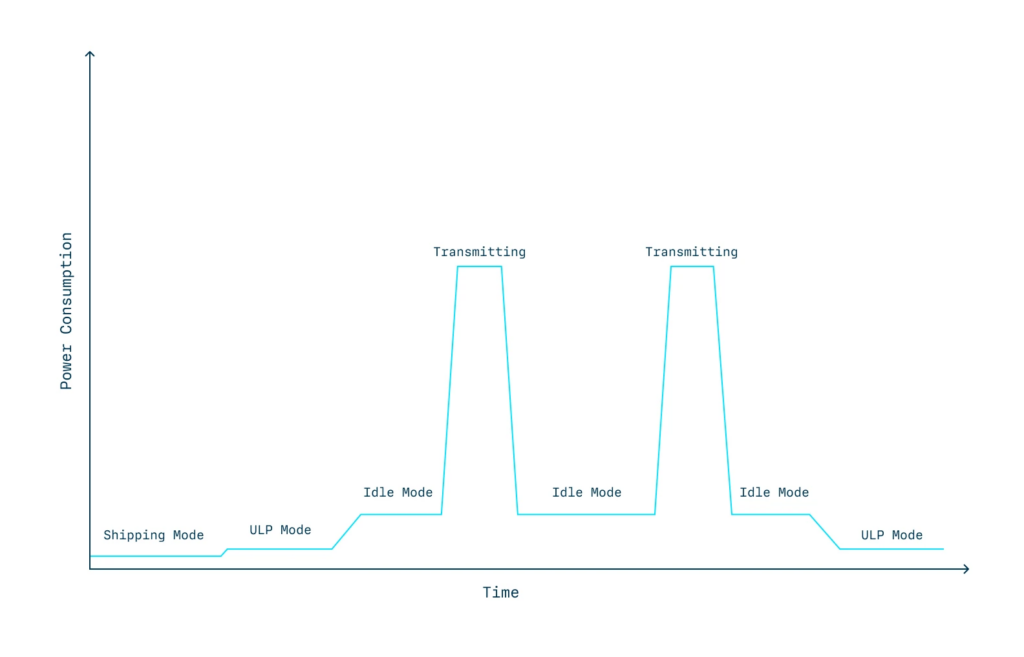
As the demand for IoT solutions continues to surge, the role of low-power devices becomes increasingly pivotal. Their ability to operate efficiently, sustainably, and over extended periods is transforming the IoT landscape. In a world where connectivity and resource conservation go hand in hand, low-power IoT devices are not just a technological marvel but a key enabler of a smarter, more sustainable future. As we navigate this landscape, the mantra becomes clear: efficiency is not just a feature; it’s a transformative force.
